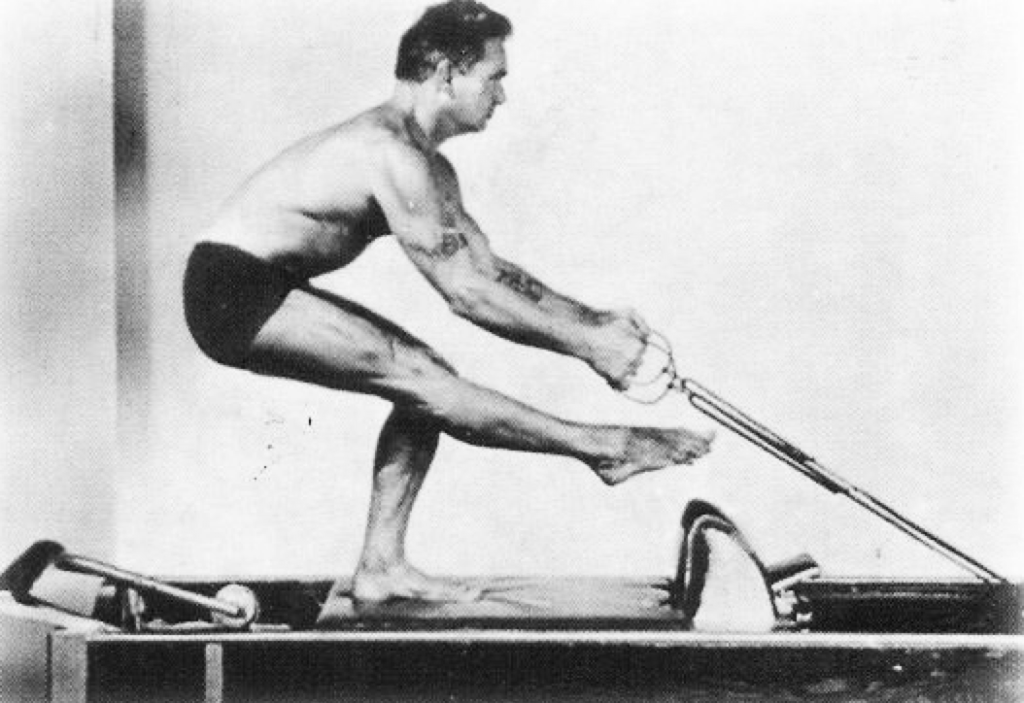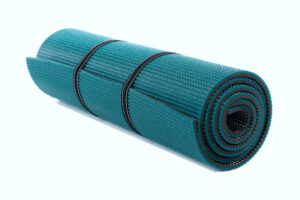Pilates is ‘mindful’ exercise designed to build overall health. It re-balances muscular structure, giving you strength, flexibility and stamina. This type of exercise builds your ‘structural fitness’ and is as important as cardiovascular fitness. Pilates re-educates the mind so you become ‘body-aware’, have better posture, and learn how to move well so everything just flows. If someone has an injury, Pilates does not just focus of the injured area, but looks at how the whole body interacts with that area and works on improving the whole body.
Pronounced ‘pih-lah-teez,’ it was named after its inventor, Joseph Pilates, a boxer and martial artist. He began formulating his form of exercise from the 1910’s in his native Germany and the UK. He moved to the USA in 1926 and set up a studio in New York. He taught men and women, boxers, wrestlers, skiers, gymnasts and members of the public. His studio was in the same building as the New York City Ballet, so the choreographers George Balanchine and Martha Graham came to him and Pilates’ association with dance began. Pilates was first brought to the UK by the dancer Alan Herdman in the 1970s, and it stayed in the dance community until the 90s, when more teachers meant more and more people got the benefit of doing Pilates as part of their routine.
Joe invented a range of Pilates apparatus on which to do his exercises: the Universal Reformer, the Trapeze Table and the Wunda Chair, amongst others. They work a little bit like modern-day gym equipment except hundreds of exercises can be performed on just one piece of equipment. Doing Pilates with the apparatus is known as ‘studio’ or ‘equipment’ Pilates and can be done privately, or in a ‘studio’ class – where there may be a few people in the studio, but each person is being taught separately by the teacher.
Most of his exercises were passed from him to his apprentices and they in turn passed them on by word of mouth. During his life published a book of the 34 original matwork exercises, and it is from this book that a lot of Pilates matwork comes. Doing the full 34 exercises in the way he laid it out is known as performing ‘the classical repertoire’.
Joe Pilates famously said that you will see a difference after 10 Pilates sessions, and after 30 you will have a new body! You do not have to wait a lifetime to feel and see the results with Pilates, but it is a life-long study of body-and-mind awareness.
THE LEVELS EXPLAINED > MEN DO PILATES, TOO! >
Crystals not included.
There is the preconception that Pilates is an ‘alternative’ therapy. There is nothing mystical about Pilates. Joe did lots of research into biomechanics and was amongst the first people to describe the concept of the trunk being the ‘power house’ or core of our strength. He wanted Pilates to be scientific, so as sports science has evolved so has Pilates. It does use both your mind and your body and sees the artificial splitting of the two as unhelpful. You have to use large amounts of awareness and concentration to gain good use of your muscles and move well – it retrains your neuromusclular system and it’s this that combats unhelpful posture and habits which lead to injuries. Unlike Yoga, there is no religious tradition behind the technique.
PS We like crystals, just don’t think Tiger’s Eye will heal your base chakra



 🌷
🌷